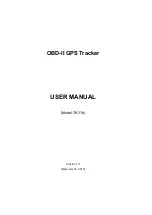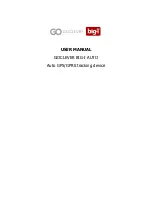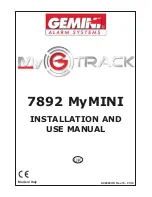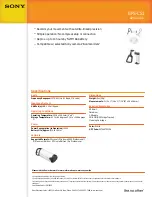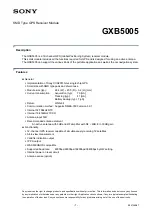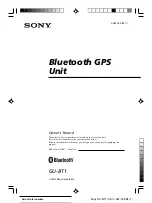
MAX-7 / NEO-7 / LEA-7 - Hardware Integration Manual
GPS.G7-HW-11006-1
Design
Page 25 of 55
•
In order to avoid reliability hazards, the area on the PCB under the receiver should be entirely covered with
solder mask. Vias should not be open. Do not route under the receiver.
3.3.5
Antenna micro strip
There are many ways to design wave-guides on printed circuit boards. A common factor to all is that calculation
of the electrical parameters is not straightforward. Freeware tools like AppCAD from Agilent or TXLine from
Applied Wave Research, Inc. are of great help in this regard. They can be downloaded from
and
Micro strip is the most commonly used configuration on printed circuit boards and shown below in
and Figure 19. As a rule of thumb, to achieve a 50
Ω
line impedance with FR-4 material, the width of the
conductor is roughly double the thickness of the dielectric.
Note: For the correct calculation of the micro strip impedance, one does not only need to consider the distance
between the top and the first inner layer, but also the distance between the micro strip and the adjacent GND
plane on the same layer
Use the Grounded Coplanar Waveguide model for the calculation of the line dimensions.
Figure 18: Micro strip on a 2-layer board (Agilent AppCAD Coplanar Waveguide)
Figure 18 shows an example of a 2-layer FR4 board with 1.6 mm thickness (
H
) and a 35 µm (1 ounce) copper
cladding (
T
). The thickness of the micro strip is comprised of the cladding (35 µm) plus the plated copper
is an example of a multi layer FR4 board with 18 µm (½ ounce) cladding (
T
) and 180
µm dielectric between layer 1 and 2.
Figure 19: Micro strip on a multi layer board (Agilent AppCAD Coplanar Waveguide)


































